Highlights:
- Customer-facing staff play a key role in attracting new customers.
- Analyze customer behaviour and feedback for trends that help reduce customer effort and lower cost to serve.
- Organizational silos are the biggest threat to delivering great customer experiences.
- Proactively identifying and engaging with detractors is a great way to combat churn.
There’s a problem with customer experience. It’s very hard to attribute revenue to it.
In fact, the Global State of Customer Experience (CX) 2019 report—which surveyed 220 industry practitioners—revealed that demonstrating return on investment (ROI) is the biggest threat to CX investments.
That’s because there’s no industry-wide standard approach to calculating customer experience ROI. Moreover, if you can’t quantify the impact of CX on your bottom line, it becomes harder to gain C-level buy-in and build momentum (company-wide commitment) around what you’re doing.
This leads to one question – how do you ensure your customer experience program is aligned to revenue?
1. Delight customers at every opportunity
For any customer experience program to be successful, your company needs to stand out from its competitors.
And one of the most effective ways to make that happen is to constantly aim to delight (not just satisfy) customers. It’s about going the few extra miles and making them feel special.
This is where your customer-facing staff play a key role. They need the tools, strategies, and training to help them exceed customer expectations. It’s not about providing ‘great’ customer service but creating the kind of experience that your customers can’t find with your competitors.
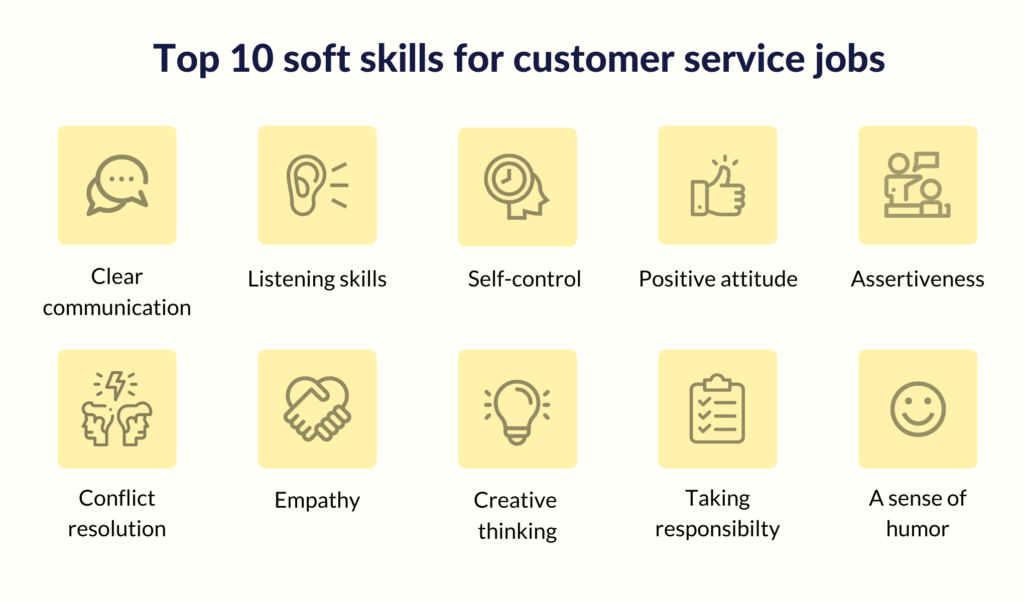
And when you consistently create these special experiences for customers, they start talking about you—on social media, community forums, review sites, amongst their friends and family, and the like. In fact, it helps to know that customers today are more likely to talk about positive experiences than about negative ones.
Now how does all this drive ROI, you may ask?
More customers talking about you positively = More people on the internet finding your brand = More prospective customers.
When you hear the amazing customer support stories coming out of brands like Zappos and Southwest Airlines, don’t you feel like trying these brands out? Don’t you get the impression that you’d be in safe hands?
Keep in mind: customers trust word-of-mouth recommendations and reviews that a brand receives above all other forms of advertising.
2. Leverage insights to address larger customer trends
What’s even better than successful one-off interactions is providing consistent and seamless multi-touchpoint experiences for customers.
To do this, you need to carefully track every aspect of the customer’s journey and be on the lookout for insights that can transform customer behaviour, and in turn drive revenue.
This could involve making improvements that help reduce customer effort, improve efficiency of employees, or lower cost to serve customers, amongst other things.
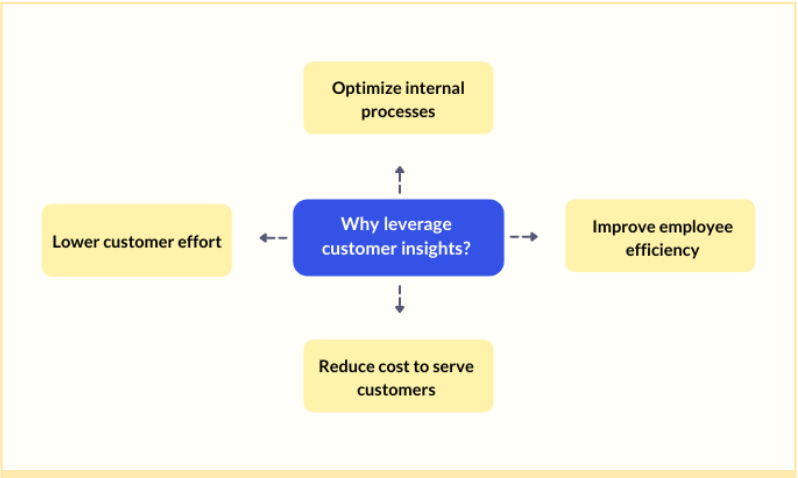
Here’s an example for you. If 30% of all customer complaints you’ve received over the last quarter have been around a specific feature, it’s important that you address the root cause and devise a permanent fix. One of the things you could do is loop in the product team, route all the customer feedback to them, and have them roll out an update.
Identifying such important trends can also reduce the cost of serving customers.
Let’s say you find out that 20% of all customer queries your support team handles have to do with your refund policy. What if you could simply build a comprehensive FAQ page around your refund policy and share that with your customers? Doing so would drastically reduce the load on your support team and free up a lot of their time—which they can invest in more productive work.
Doing customer experience right means analyzing internal processes, streamlining them, and making them more efficient. You’re on top of customer expectations, which allows you to craft products and services they genuinely like. All of these practices collectively impact revenue.
3. Focus on customer retention
Tracking retention is key to measuring the effectiveness of your customer experience initiatives. And this is something more and more companies have started to realize.
According to a study by Intercom, nearly 30% of support leaders plan to measure their team’s impact on customer retention.
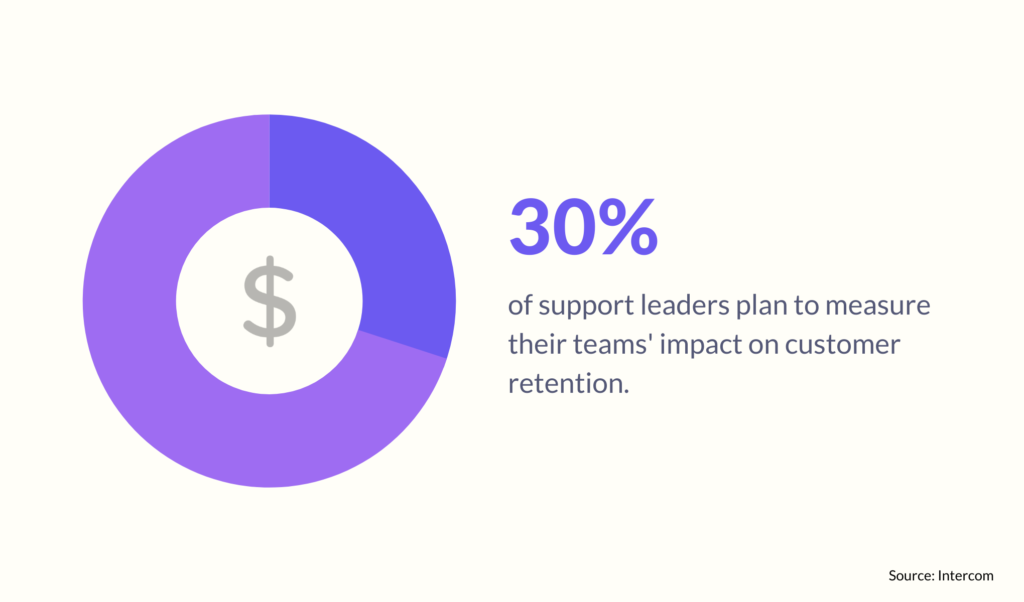
That brings us to the question – what are some of the key metrics that help you track customer retention?
Here are a few to get started with:
Repurchase Ratio is the ratio of customers who purchase multiple times from your company over a given time period vs first time purchasers. Repeat shoppers are not only more loyal, they tend to spend more money with your brand.
Upsell/Cross-sell ratio is the ratio of customers who have purchased more than one type of product vs those who have purchased only one kind of product. Upselling, in fact, is one of the surefire ways to drive revenue considering how it’s relatively easier to sell to existing customers than new ones.
When you track these metrics on a regular basis, it gives you the opportunity to hyper-personalize customer experiences. Not only does it help you find out who your loyal customers are, but also identify detractors (unhappy customers who are most likely to switch to competitors) and reach out to them accordingly.
For detractors, you could start by understanding what went wrong and see how you can fix their issues. When you do this proactively, there’s a good chance these customers will stay and won’t contribute to churn (which in turn, negatively impacts revenue).
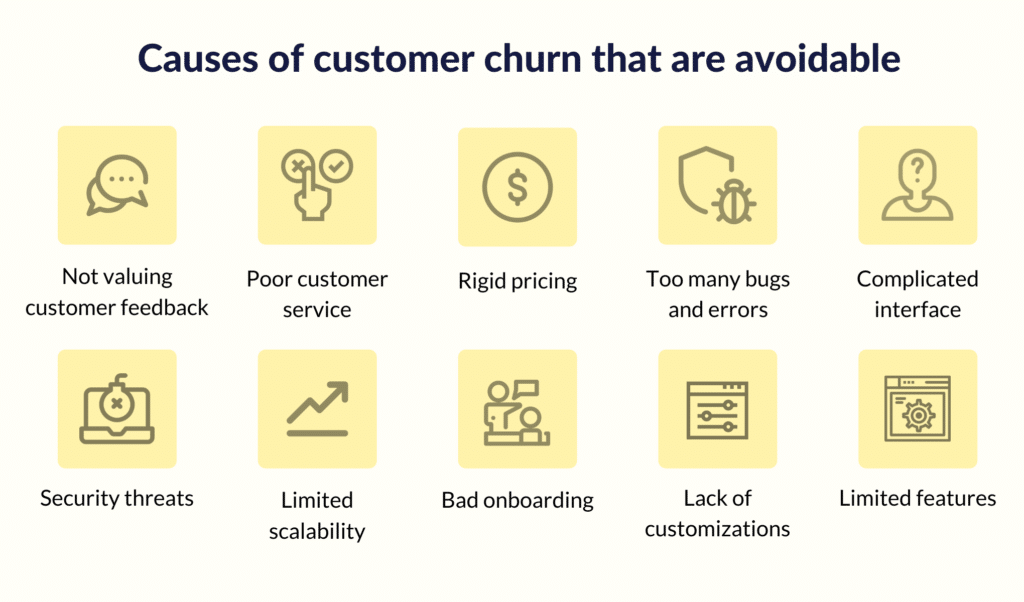
4. Get everyone on board
The biggest reason most CX programs are ineffective is because of a lack of organization-wide commitment to the cause. That happens when you have internal silos.
A study by Delloite found that 58% of consumers feel like they’re communicating with separate departments and not one company. On top of that, when it comes to service issues specifically, 70% of customers expect all reps to have the same information about them, however 64% say that they have to re-explain issues.
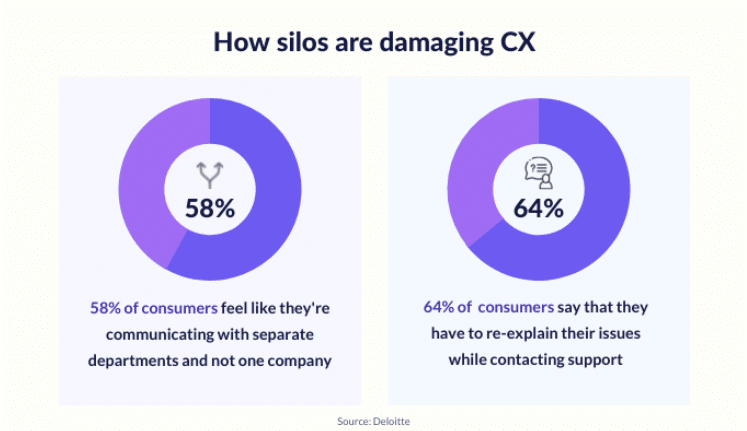
But, how does this impact the ROI of your CX initiative?
Well, if there’s no easy way to collaborate and share customer data between functions, it’s most likely that non-customer facing teams are kept in the dark about customer expectations.
So then, how can developers build products/services that are in sync with what customers want? How can marketers write copy without knowing how customer pain points are evolving? How can product managers strategize roadmaps if they don’t have easy access to customer feedback?
A bigger downside of working in silos is that it makes customer support extremely slow. Here’s how:
We know that most customer queries can be tied to teams/functions that are NOT customer support. For example, a customer could be facing a severe product malfunction where your support team would have to quickly loop in a technical person. Another customer could have a question around your latest sale where the support staff might have to talk to someone from marketing before responding.
How do you make these internal communication lines work efficiently (with minimal back and forth) when teams are cut off from each other? Addressing this challenge is extremely important when you consider the fact that 66% of customers think a company’s customer service reputation is a critical factor – according to Hiver’s research – while making a purchase decision.
Nate Brown, Chief Experience Officer at CX resource company Officium Labs, highlights something known as ‘CX Change Coalition’ as a means to garner company-wide support towards the goal of delivering great customer experiences. He says:
“The answer lies in the form of a strong ‘CX Change Coalition’. By uniting established leaders from each group into a change coalition, the “us versus them” mentality is eliminated. It becomes possible to view the organization from the lens of the customer and make far better decisions collaboratively.”
To break down silos, the key lies in investing in tools and strategies that aid collaboration. To start with, ensure your tech stack (that includes your customer support solution, team communication software, and CRM, amongst others) makes data easily accessible for various teams.
Have your non-customer-facing teams listen to customer calls. Have regular company-wide huddles where customer-facing teams share important insights into customer behaviour. Doing this will help everyone in your company understand how their everyday work fits into the bigger picture, and how they can move the scale when it comes to delivering experiences that drive loyalty and ROI.
Conclusion
Delighting customers is the end goal of any customer experience initiative. But, you can’t generate momentum around your program if you don’t show tangible returns.
Whenever you’re doing something related to CX, always ask yourself this: what impact does this have on your customer? More importantly, what impact does it have on your company?
Originally published Feb 03, 2021, updated Dec 30, 2022





